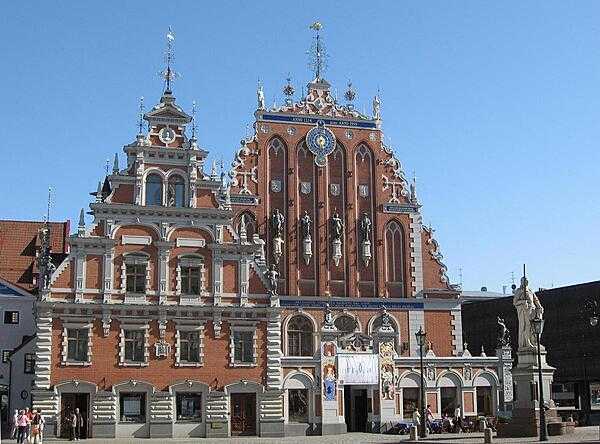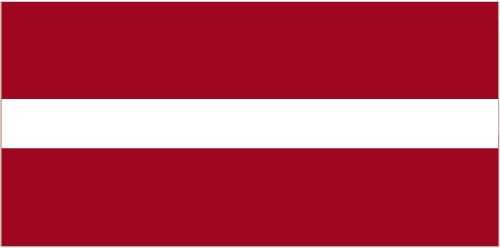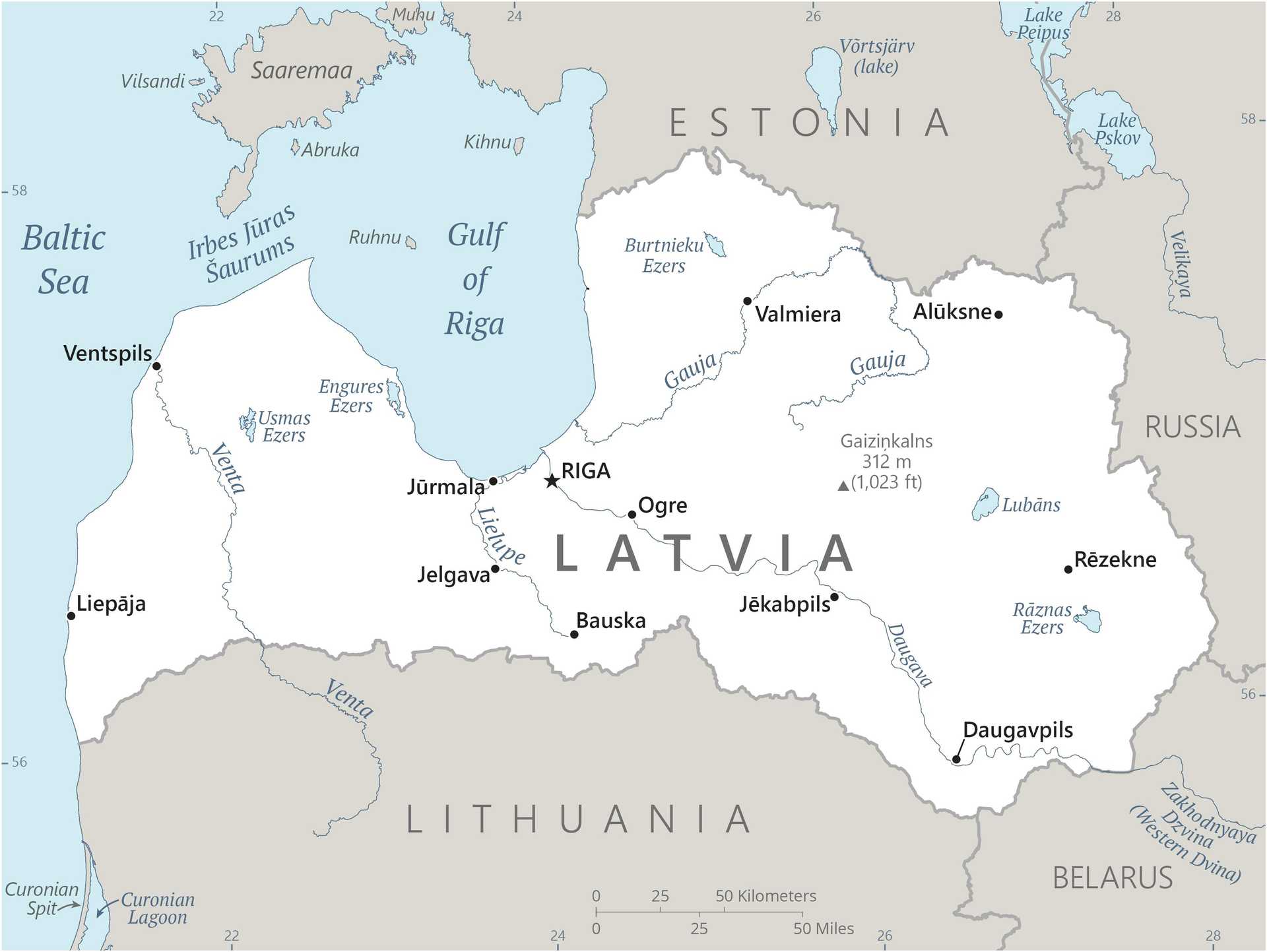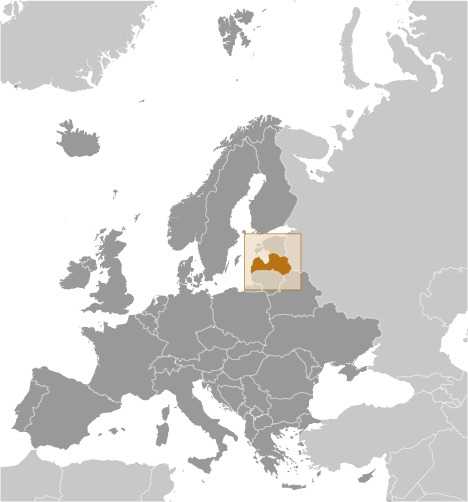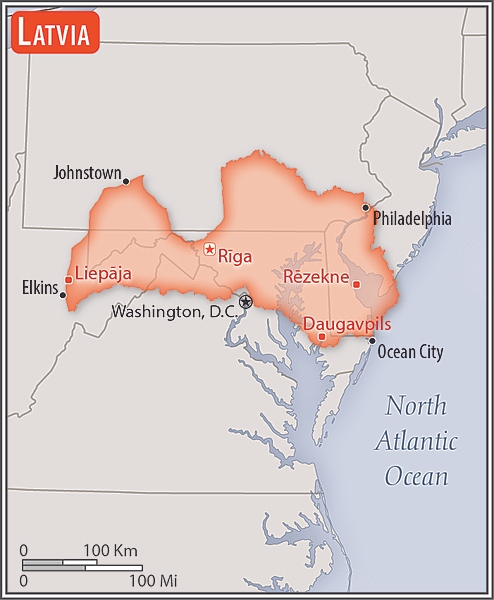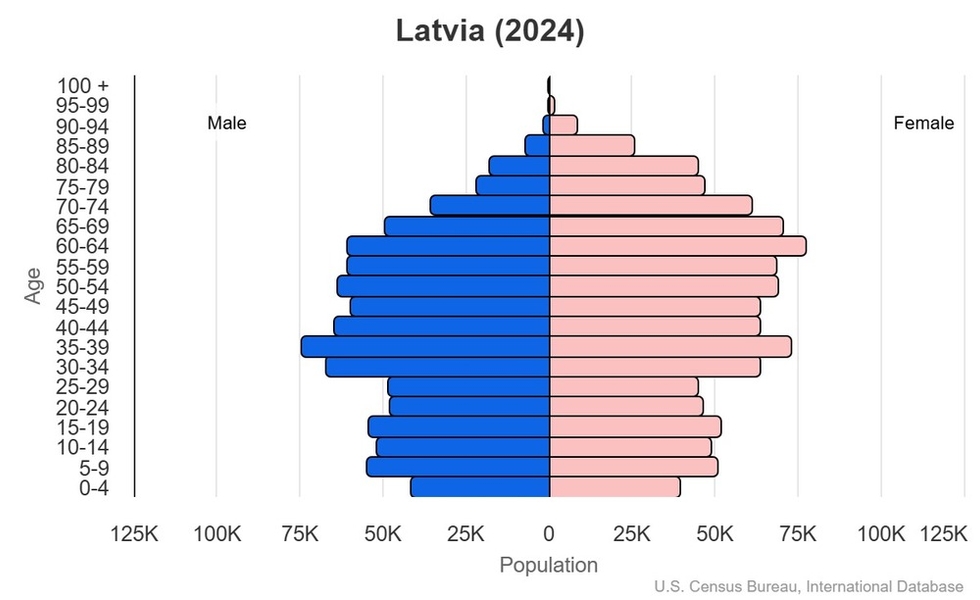Introduction
Visit the Definitions and Notes page to view a description of each topic.
Geography
People and Society
Population
comparison rankings: total 153; male 155; female 151
Languages
Median age
comparison ranking: total 35
Population growth rate
comparison ranking: 234
Birth rate
comparison ranking: 217
Death rate
comparison ranking: 2
Net migration rate
comparison ranking: 204
Maternal mortality ratio
comparison ranking: 123
Infant mortality rate
comparison ranking: total 215
Life expectancy at birth
comparison ranking: total population 110
Total fertility rate
comparison ranking: 214
Obesity - adult prevalence rate
comparison ranking: 65
Alcohol consumption per capita
comparison ranking: total 2
Tobacco use
comparison ranking: total 25
Children under the age of 5 years underweight
comparison ranking: 127
Education expenditure
comparison ranking: Education expenditure (% GDP) 93
Environment
Carbon dioxide emissions
comparison ranking: total emissions 128
Government
Economy
Real GDP (purchasing power parity)
comparison ranking: 109
Real GDP growth rate
comparison ranking: 196
Real GDP per capita
comparison ranking: 61
Inflation rate (consumer prices)
comparison ranking: 32
GDP - composition, by sector of origin
comparison rankings: agriculture 118; industry 130; services 67
Industrial production growth rate
comparison ranking: 174
Labor force
comparison ranking: 146
Unemployment rate
comparison ranking: 122
Youth unemployment rate (ages 15-24)
comparison ranking: total 98
Gini Index coefficient - distribution of family income
comparison ranking: 90
Public debt
comparison ranking: 147
Taxes and other revenues
comparison ranking: 81
Current account balance
comparison ranking: 127
Reserves of foreign exchange and gold
comparison ranking: 97
Energy
Electricity
comparison rankings: installed generating capacity 105; consumption 120; exports 46; imports 50; transmission/distribution losses 74
Energy consumption per capita
comparison ranking: 76
Communications
Telephones - fixed lines
comparison ranking: total subscriptions 127
Telephones - mobile cellular
comparison ranking: total subscriptions 148
Broadband - fixed subscriptions
comparison ranking: total 98
Transportation
Merchant marine
comparison ranking: total 97
